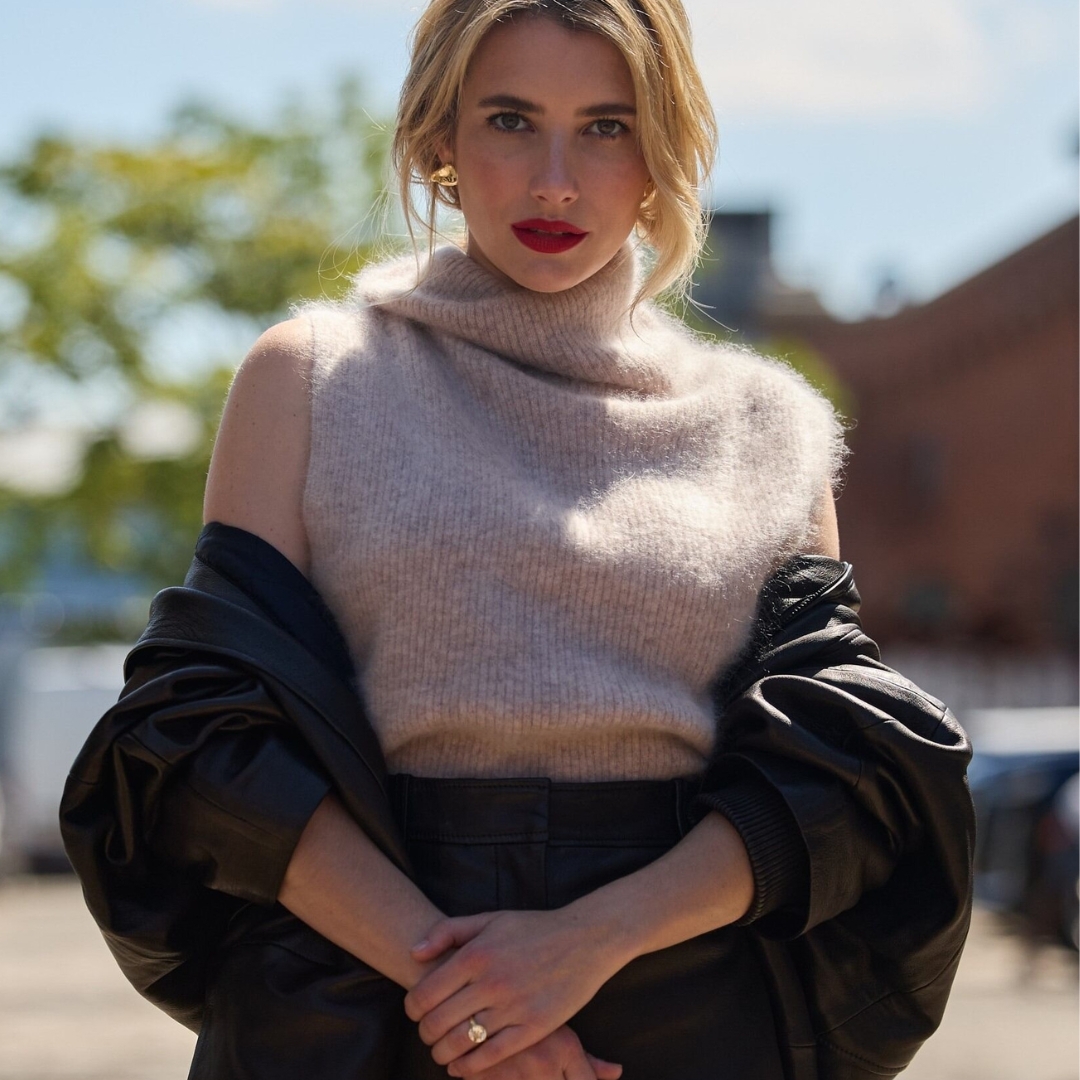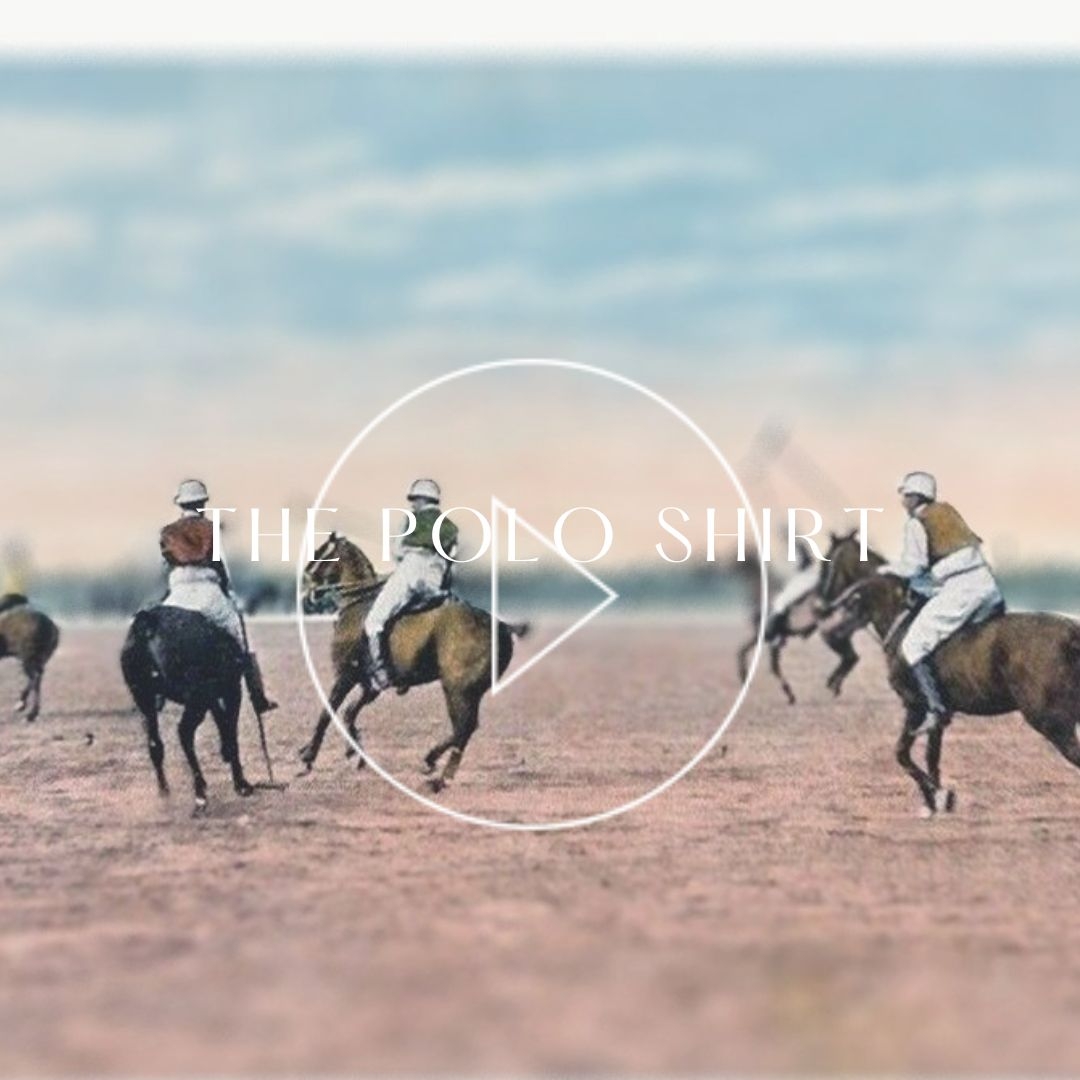Know Your Wool – Cashmere, Merino & Shetland. The Key to Choosing the Perfect Pullover

Ah, the luxurious world of natural yarns—Cashmere, Mohair, Shetland and Merino. These aren’t just buzzwords for the fashion elite anymore; they’ve gone mainstream. Just a few years back, these sumptuous fibres were the exclusive domain of high-end brands, coveted by those willing to splurge for unparalleled quality.
But here’s the kicker: even your go-to high-street brands offer pullovers in these premium materials these days. Sure, you’ll be shelling out a bit more than you would for a run-of-the-mill polyester number, but it’s surprisingly more affordable than you might think.
Before you swipe that card, though, let’s get real. Understanding the origins and manufacturing processes of Cashmere, Mohair, and Shetland wool can elevate your fashion game to a more conscious level. We’re talking about the nitty-gritty details—how these fibres are produced, their geographical roots, and their environmental and ethical implications. Trust me, this knowledge isn’t just trivia; it’s essential intel that should influence your shopping choices.

Fashion Model Izzi Allain at COS Dinner in NYC
The difference between wool and hair
First of all, did you know that Cashmere and Mohair are not wool? Wait, what? Well, yes, by definition, wool is a fibre that comes from sheep, like Shetland. Strands coming from any other animal, like goats and alpacas, are technically not wool but hair.
Cashmere – how the most desired material is made
The luxurious fabric comes from the fine undercoat of the Kashmir goats, mainly found in China, in the Gobi desert, and in Mongolia. In spring, the goats naturally shed their “winter coat”. That’s when the fine Cashmere is collected by hand with the use of a comb. It is a long and natural process that can take up to two weeks. Only 25% of the goat’s fleece is used, and you need the hair generated by two to four goats in one year to make just one cashmere pullover. This explains its high price, right?
But in some countries like Australia, Afghanistan, New Zealand and parts of China and Mongolia, they shear the goats instead, cutting both the down coat, which is pure Cashmere and the long coarse hair, resulting in a lower quality yarn. So, the price of cashmere lies in the way it’s collected; by hand with a comb or trimmed.

Swedish Influencer Hanna Schonberg at COS AW24-25 Runway at New York Fashion Week
The eclectic and soft Mohair
Mohair also comes from the undercoat of a goat, more specifically, the Angora goat. It’s not the same as Angora wool, which comes from the Angora rabbit. Mohair is an incredible natural yarn. Among its properties, Mohair is an excellent insulator, is moisture-wicking which allows it to remain cool in summer, and is durable and naturally elastic. Most of this soft and fluffy yarn comes from South Africa and Texas, USA. The goats are shorn twice a year.
The strong and traditional Shetland
Shetland comes from the Shetland sheep of the Shetland Islands in Scotland. The hardy and warm wool is perfect for the harsh weather conditions on the Scottish island. Since the sheep cannot shed their winter coat, the farmers shear them once a year so that the animals are cooler in the summer. This breed is very docile and easy to work with. Since 2010 the world’s major wool-producing countries have signed the Dumfries House Wool Declaration to ensure the industry follows strict animal welfare standards.

Actress Yesly Dimante attending COS AW24-25 at New York Fashion Week
Merino Wool, The Softest
Merino wool is the fibre taken from the coats of Merino sheep; a breed originally from Spain, but now mostly reared in Australia and New Zealand. This breed of sheep offers the finest wool for luxury apparel and technical sportswear.
Why support natural yarns and sustainable fabrics
So, here’s the deal: At Notorious Mag, we’re all about championing natural yarns and sustainable materials that do good for both the planet and its people. We’re talking eco-friendly and economically viable, where artisans and farmers aren’t just surviving but thriving in a fair-trade ecosystem.
Let’s get one thing straight: Knowledge is power, especially when it comes to your wardrobe. Always do your homework—find out where and how your clothes are made. Opt for quality over quantity; it’s a win-win. Not only will these pieces stand the test of time, but you’ll also be supporting brands committed to ethical production.
But wait, there’s more! Small changes can make a big splash. Your conscious choices today could be the ripple effect needed to turn the tide in environmental conservation. So, what can you do to make a difference? Well, conscious consumption is a fantastic starting point, and trust us, the impact is more significant than you think.
Feature Image Emma Roberts at COS AW24-25 in New York – All images courtesy @COS
SHARE




















